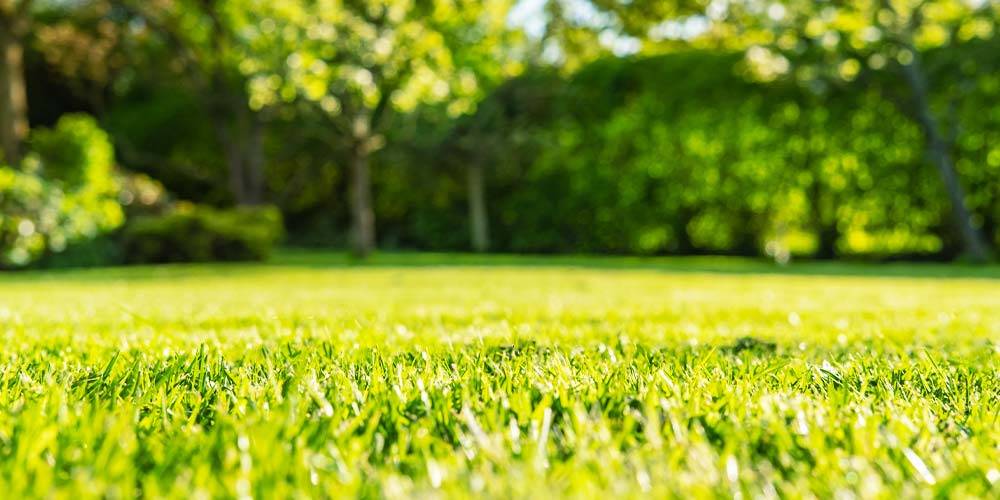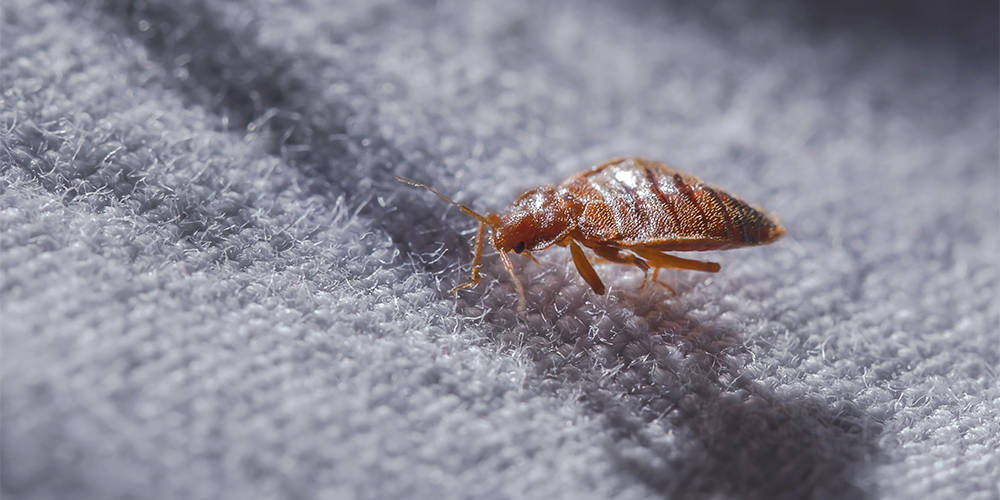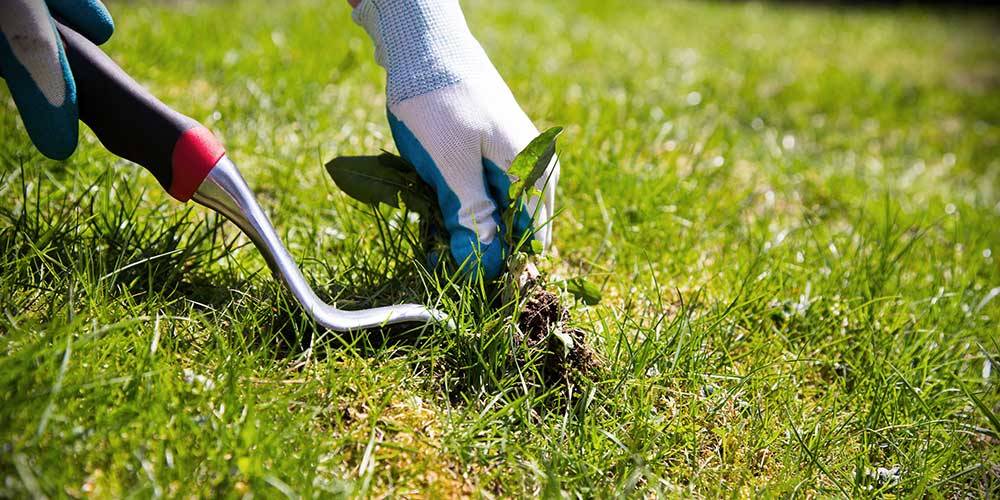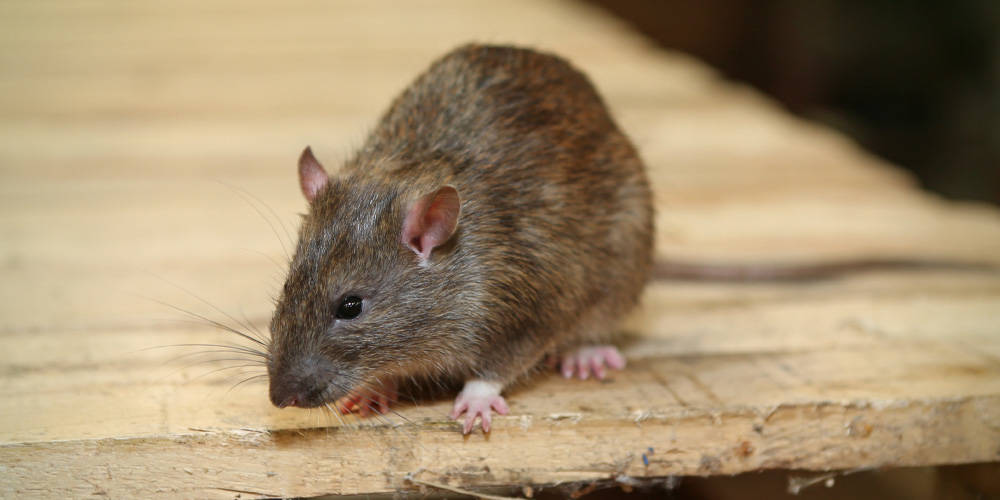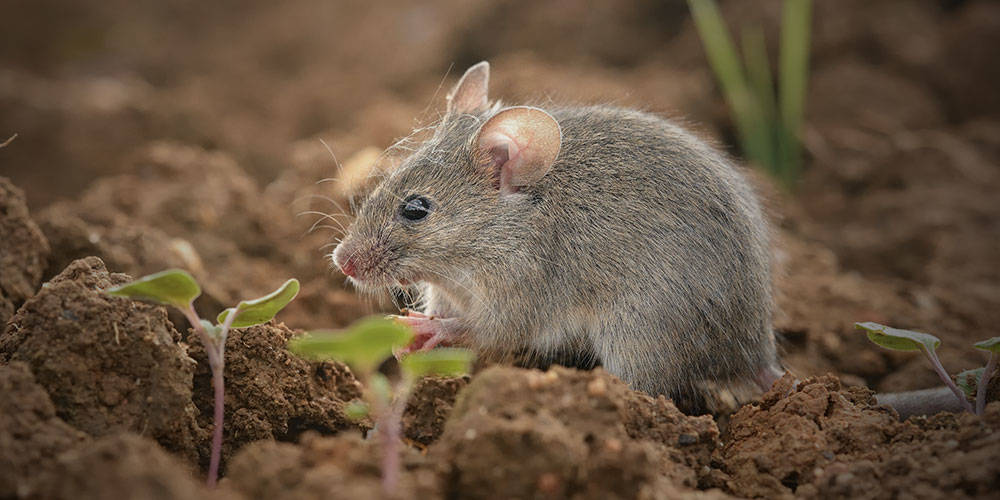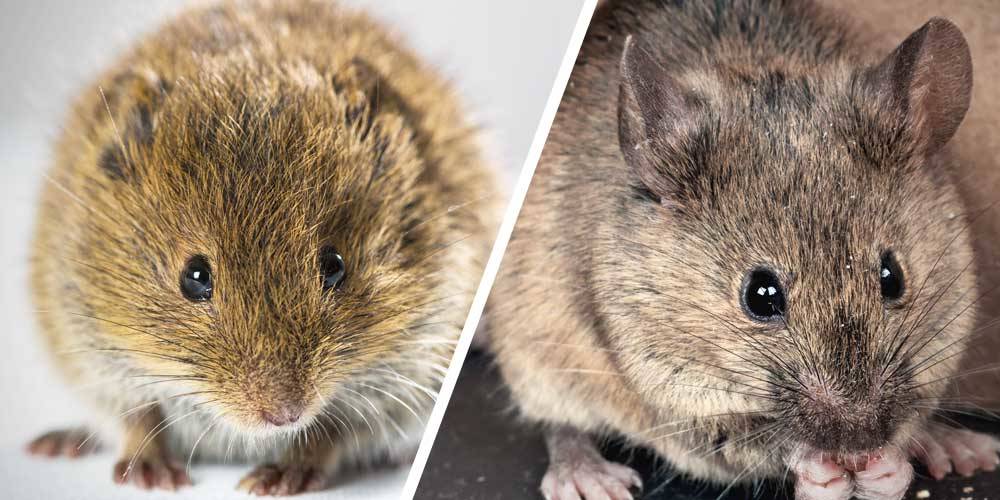5 places where wasps build their nest
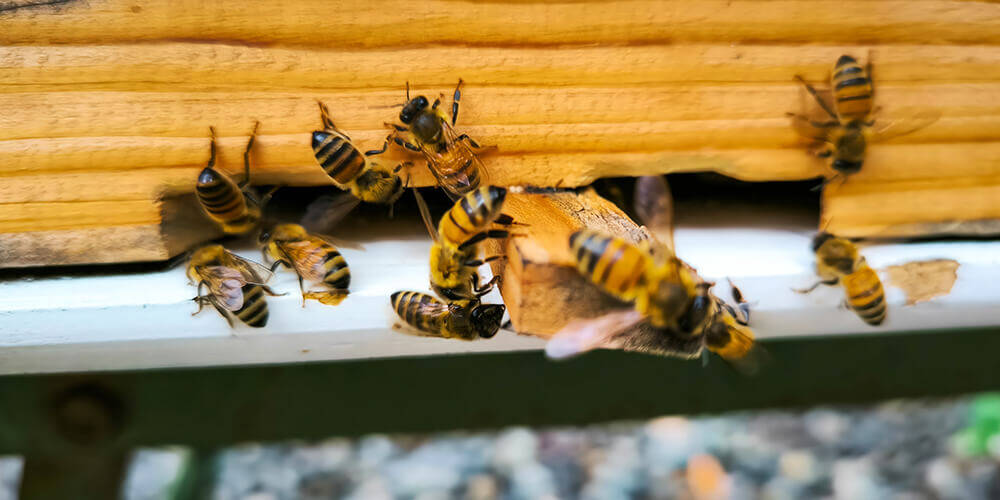
Wasps look for isolated places that are protected from bad weather to build their nest. Isolated, yes, but also a short distance from their food sources. Unlike bees, wasps are attracted to the same foods as humans. This explains why they build their nests near our homes... or even inside them!
Our homes, with their roof overhangs, garages, balconies and roofed patios, are ideal places to establish a colony. Let’s have a look at the places where wasps like to settle.
How to tell where a wasp nest has been built?
If there is a large number of wasps around your house, there could be a nest nearby. Look in the following places first.
1. Presence of a wasp nest under roof overhangs
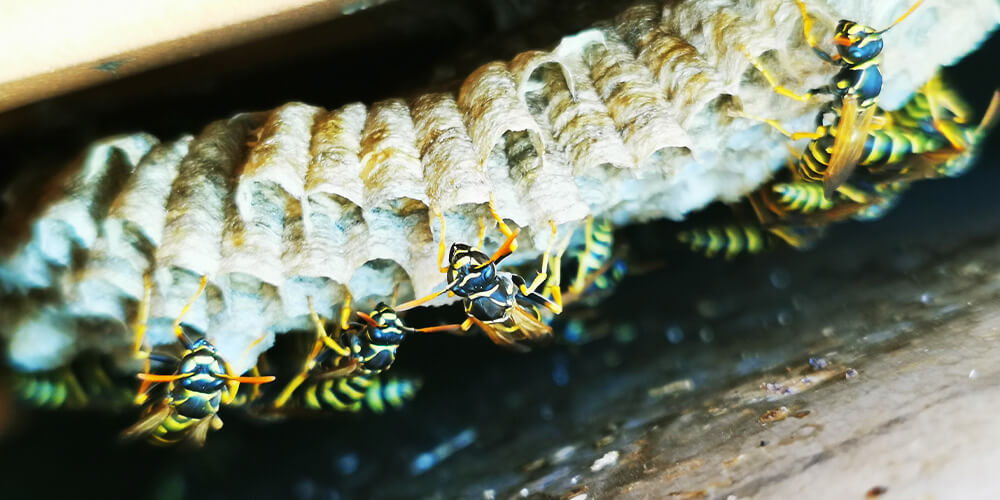
A roof overhang, or eave, is the portion of the roof that extends beyond the exterior wall of the house. Since it serves to protect the walls and foundation from the elements, it is a prime location for building a nest outside, sheltered from the rain and generally protected from the wind.
Social wasps, or paper wasps (because of the papery nests they build), are particularly fond of these areas. Their nests are shaped like umbrellas. They expand throughout the summer and can eventually house thousands of individuals.
Nests can also be found under gutters, behind shutters or mailboxes, and under outdoor furniture.
2. Wasp nests in garages, sheds and other outbuildings
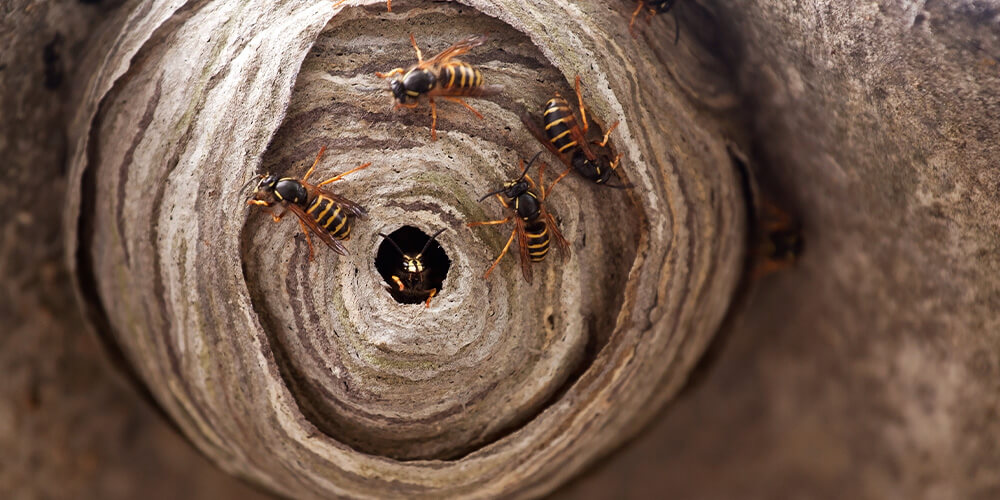
These spaces often feature overhead structures or exposed beams, perfect for nesting. These buildings often have cracks, poorly sealed joints and other openings used by wasps to come and go as they please.
Although it’s tempting to use a stick to dislodge the nest immediately, wait until nightfall and use a product designed for this purpose, such as WASP OUT Jet Foam Wasp & Hornet Killer or WASP OUT Wasp & Hornet Killer, to safely destroy the nest.
Read our article to learn how to safely remove a wasp nest.
3. Locating a wasp nest in the attic and walls
Even the slightest opening in siding, soffits, chimney or ventilation ducts and near doors and windows allows wasps to move into your home without you even noticing. This allows them to build their nests undisturbed. While attics are accessible, the open space between the walls is completely hidden from view, concealed on one side by drywall and on the other by the exterior siding.
It's quite possible that you'll only notice their presence once the colony has grown to a significant size... and they've found a way into the house.
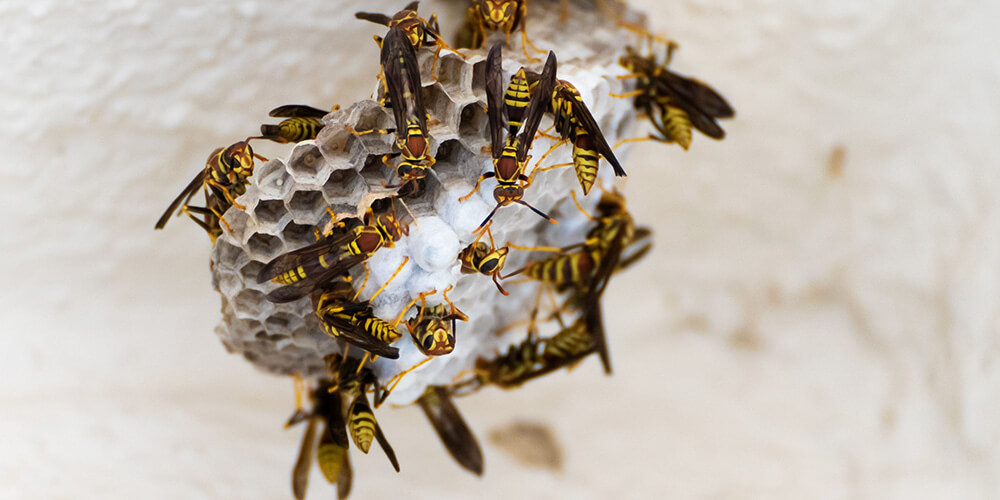
Seeing wasps going in and out of a small opening outside your home usually indicates the presence of a nest, even if it isn't visible. You can sometimes hear them buzzing in walls or ceilings.
How to remove inaccessible wasp nests?
Destroying a nest that you can't reach is complex. You may need to call a professional exterminator.
4. How to remove a wasp nest in the ground
Digger wasps (sand wasps or ground wasps) build underground nests, most often in sandy soil in exposed areas. Unlike social wasps, they feed only on insects (mostly pests) and are not interested in humans... until someone walks or mows the lawn over a nest.
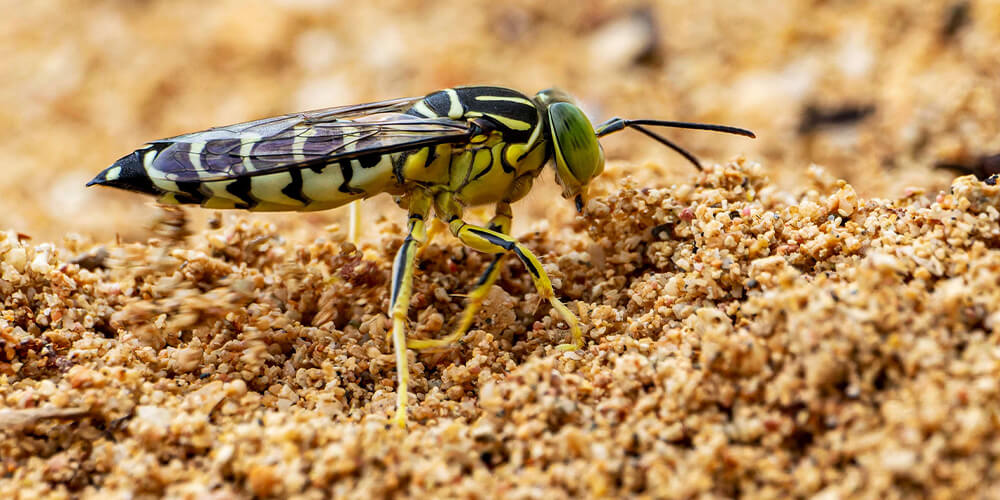
Although they are beneficial in the garden and not very likely to sting, they become ferocious when their nest is threatened.
Since they prefer dry, uncovered soil, it's not uncommon for them to settle in flower beds and sandboxes. These wasps don't live in colonies, but when one of them finds the perfect place to lay their eggs, others tend to follow.
To solve the problem in the short term, you can cover the soil with a tarp or pour diatomaceous earth on it. In the case of a flower bed, to prevent the same thing from happening in the future, plant densely (once the wasps have abandoned their nest) and cover the bare soil with mulch.
5. How to remove a wasp nest in a tree?
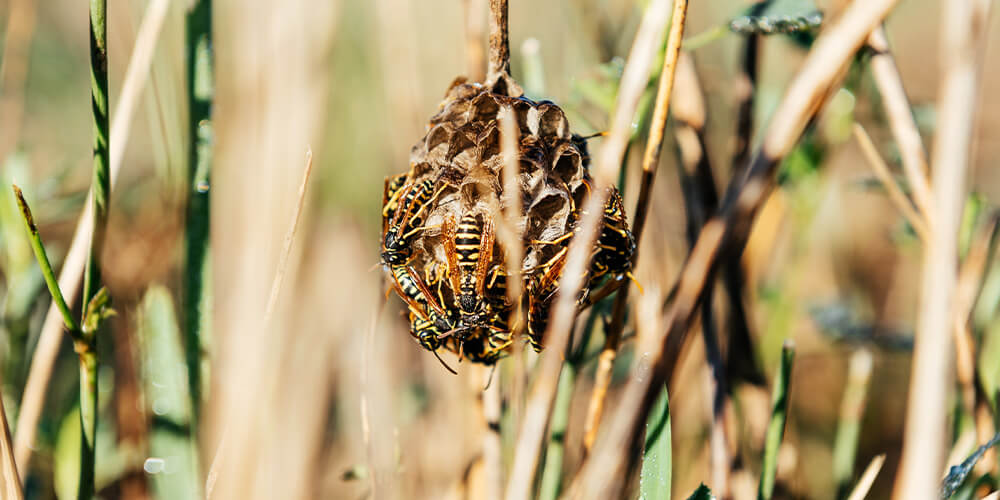
Paper nests are often found hanging in trees, shrubs and hedges. They are primarily built by bald-faced hornets, a black-and-white species native to North America. They are the most common social wasp in Canada.
Before pruning your shrubs, carefully inspect the branches to make sure you don't find any round, grey nests hanging.
How to find hidden wasp nests
If there are a lot of wasps and you suspect the presence of a nest on your property, you just need to be attentive to discover its location.
Observe wasps flying in straight lines in the early morning or late afternoon, when they are most active. Wasps most often fly to their nests to bring food.
Listen carefully. A low buzzing sound can indicate the location of a nest, even if you can't see it.
Observe specific locations where you can see them in large numbers.
Must all wasp nests be removed?
Wasps play an important role in nature, as pollinators and predators of insect pests. If their nest is built in a location away from relaxation and play areas and it does not pose a risk to your family during your outdoor activities, there is no need to destroy it.
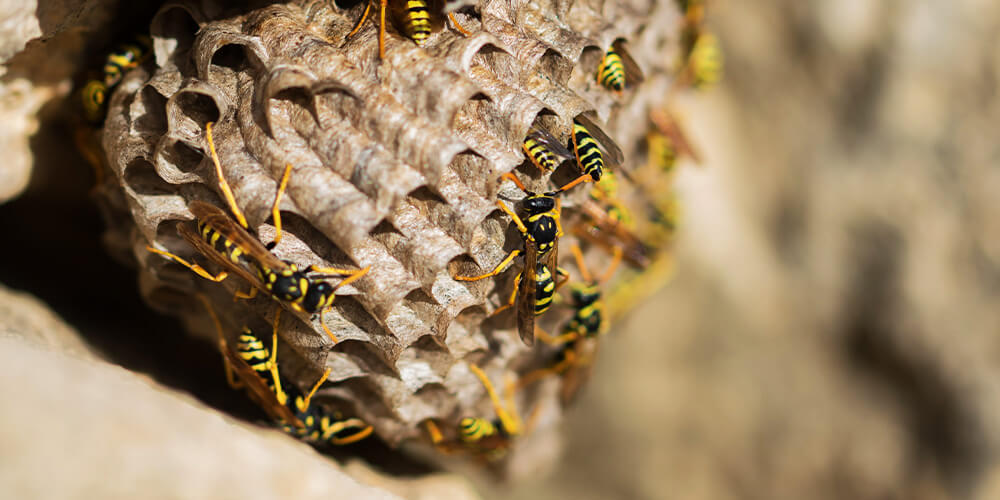
Do wasps return to the same nest?
Wasps do not reuse the same nest from year to year. In fact, the colony dies in late fall. Only fertilized queens survive the winter, and the following spring, they build new nests. Old nests are never colonized a second time.
So, if a nest is bothering you this summer, rest assured. If you leave it there, it won't be reused next year.
How to remove a wasp nest?
- Proceed early in the morning or late in the evening when wasps are less active
- Wear long, thick clothing
- Use an insecticide designed for this purpose (such as WASP OUT products, which allow you to destroy the nest from a safe distance) and follow the manufacturer's recommendations
- If the nest is underground or inaccessible, call a professional exterminator
If you don't see any nests nearby but are often bothered by wasps, they may have settled on your neighbour's property. To protect your family during outdoor activities, install WASP OUT Wasp Traps. These products do not contain any chemicals and can be reused indefinitely.
